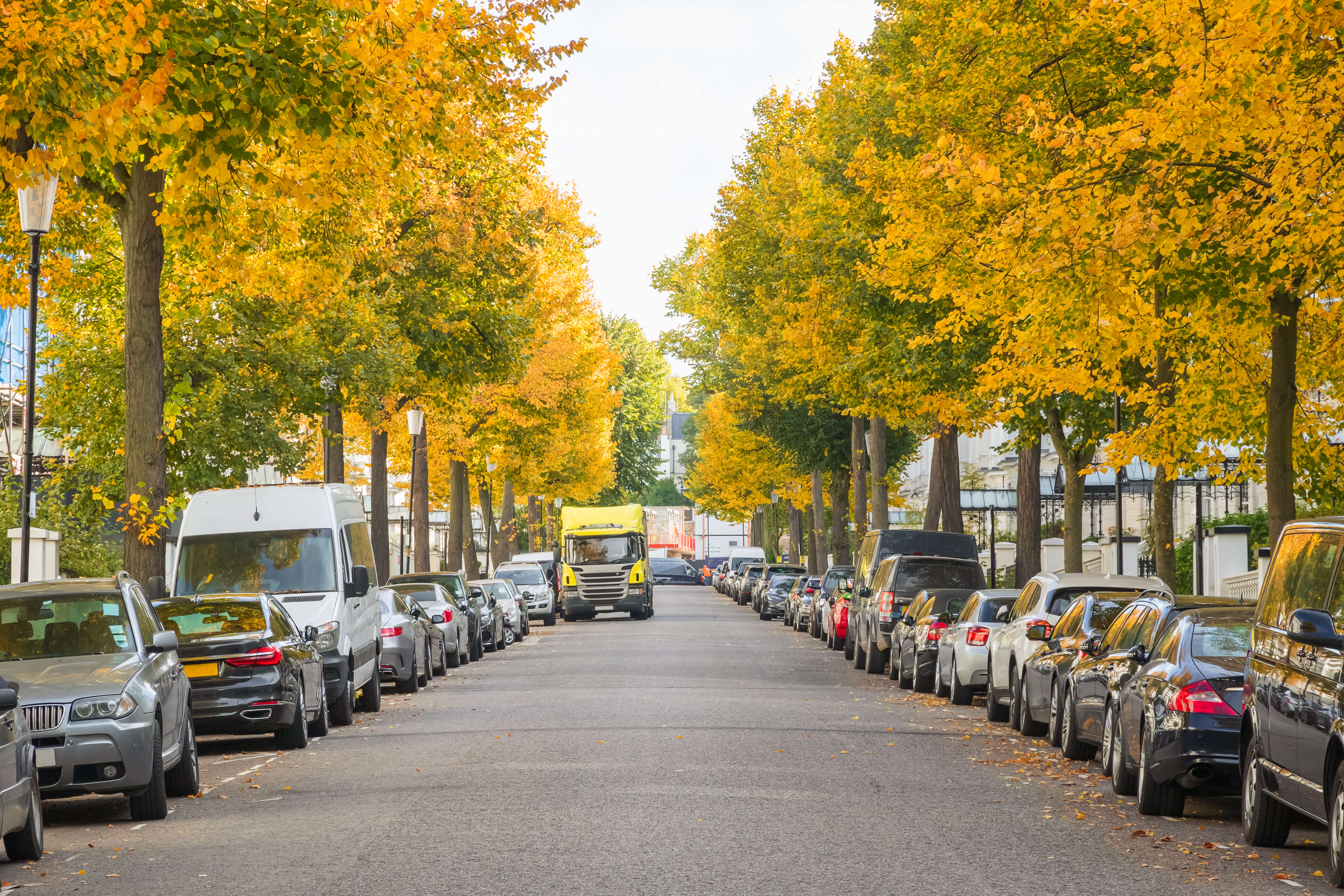
Driving in London can seem daunting to even the most experienced drivers, and there are some different rules you'll need to consider when driving in London.
Whether it's your first time driving in London or you're a regular London driver, we're sure you can learn something from this article!
Driving in London charges
Certain charges and tolls apply when driving in London and on some routes into the city. You'll need to check if the charges are in place in the area you're going to be driving.
Congestion charge
The first step you'll need to take before driving in London is to check whether or not you need to pay the congestion charge fee. Ensuring you've paid the necessary congestion charge can help you avoid receiving a fine.
If you're heading into the Central London zone, it's likely you will need to pay the congestion charge fee before your journey. You can check if the area is part of the congestion charge zone on the Government website here.
The congestion charge is £15 daily and applies every day, seven days a week from 7 am till 10 pm. The only day the congestion charge is not in place is Christmas Day (25th December).
Ultra Low Emission Zone (ULEZ)
The London T-Charge came into force in 2017 and was Britain's first large-scale emissions charge. The T-charge was put into place to reduce the amount of higher polluting vehicles travelling into central London.
The T-Charge has now been replaced by the ULEZ (Ultra Low Emission Zone) charge. Vehicles must meet the ULEZ standards or pay a daily charge to drive within the zone. You can check if your vehicle meets the Ultra Low Emission Zone standards by clicking here. Charging is applicable at all times, seven days a week, excluding Christmas Day.
Things to look out for on the roads in London
London has some of the busiest roads and junctions in the UK, you might come across road markings and signs you're unfamiliar with. Make sure you're prepared and brush up on these things before tackling London's busy roads.
Yellow box junctions
One thing to look out for is yellow box junctions; these can be identified by a yellow hatched box marked on the road. Sitting in standstill traffic at a junction can be extremely frustrating, but don't be tempted to pull out unless you can see that your exit is clear.
You must not enter a yellow box junction until your exit road or lane is clear. You may enter the box and wait when you want to turn right but can't because of oncoming traffic or other vehicles waiting to turn right.

Find out more about yellow box junctions here.
Bus lanes
As public transport is the main form of transport in London, it's not surprising that there are plenty of bus lanes around. Ensure you know about the bus lanes operational hours to avoid facing a fine. Bus lanes are indicated by road markings and signs that indicate operational hours and if any other vehicles are permitted to use the bus lane.
Red routes
Most of us are familiar with white and yellow road markings on the roads and what they mean (if you're not, find out more about them here). However, while driving in London, you will likely come across red lines on the roads, referred to as 'red routes', so what exactly do red routes mean?
Red routes were designed to reduce congestion and can be found on major roads. On red routes, vehicles are not allowed to stop for any reason, including loading/unloading and picking up or dropping off passengers. Much like single and double yellow lines, single and double red lines also have slightly different rules.
Double red lines indicate that the rules are in place 24 hours a day, seven days a week, whereas single red lines indicate that you may be permitted to stop at certain times of the day.
Parking
If you've ever been to London, you'll know that finding a suitable place to park can be difficult. Certain road markings signal whether or not parking is allowed. As mentioned above, you can't stop or park on red routes, which also applies to double yellow lines.
Controlled parking zones have been introduced in London as a way of dealing with parking problems and in an effort to make the environment safer. When you enter a controlled parking zone (CPZ), you will see a large entry sign. The sign will indicate the days and times of controls for the controlled parking zone.
Remember, you can park within certain areas signalled by dashed white lines, as long as you follow any 'pay and display' rules. You can't park in these areas if they are for resident permit holders only; a sign will enforce this.
You may also find similar bays with dashed red lines along red routes. Drivers can use these bays at certain times of the day; be sure to check the signs around the bays to see what times you can park there.
You must never park on zig-zag lines at any time, under any circumstances. Parking on zig-zag lines is an offence, and you can face a fine by doing so.
If there are no lines at all in the area, you should check any lamposts and signs in the area to see what the rules are regarding parking in the area and if you have to pay to park.
It is also illegal to park on the pavement in London.